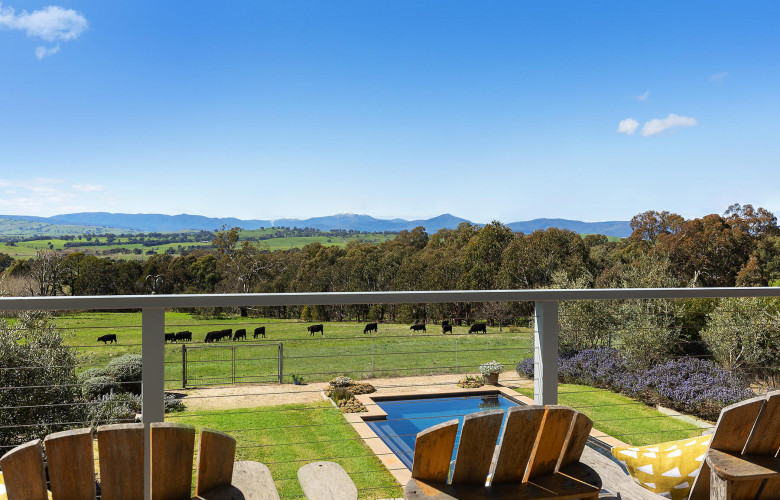John McGrath – Price growth strongest in rural markets
Contact
John McGrath – Price growth strongest in rural markets
According to John McGrath, Chief Executive Officer of McGrath Estate Agents, 2023 is the year to buy if you want to position yourself for the next wave of long-term growth in Australian property.
Price growth is currently strongest in rural treechange areas across regional Australian markets.
This is quite significant because historically, beachside areas have commanded the most demand and best capital growth.
But the pandemic saw median home prices soar across many coastal markets, as city dwellers who could now work from home relocated there for cheaper housing and a more relaxed lifestyle.
The first wave of regional relocation demand was seen in traditional seachange markets along the coast and in major commuter hubs close to the capital cities.
Home values went up, and as they did, a ripple effect began pushing some buyers a little further afield to areas within a 15 or 30-minute drive to the beach.
The second wave is occurring in rural areas, as more people embrace other regional lifestyle options such as wine country, snowfields, and rural towns. They’re choosing views of rolling green paddocks and great peace and quiet over bustling seaside tourism hotspots.
We identified the ‘bush over beach’ trend in the McGrath Report 2023, and according to the latest CoreLogic data, rural areas are now seeing the strongest price growth of all the regional markets.
Regions with the best growth over the past 12 months
In CoreLogic’s latest report, a number of regions were highlighted for particularly strong growth. Among the big East Coast states, most of the top-performing regional markets were in rural settings.
- In NSW, the top 3 regional growth markets are Griffith-Murrumbidgee in the Riverina (9.5%), Tamworth-Gunnedah in the New England area (9%), and the Upper Hunter (7.4%).
- In Victoria, the top 3 regional growth markets are Wangaratta-Benalla in Hume (2%), Moira in Shepparton (1.4%) and Glenelg-Southern Grampians in the Warrnambool region (1%).
- In Queensland, the top 3 regional growth markets are Port Douglas-Daintree in Cairns (12.4%), Granite Belt in Darling Downs (10.1%) and Burnett in the Wide Bay region (7.6%).
While rural areas are seeing the best price growth, buyer demand is now coming back into the commuter hubs close to the major capitals. These areas boomed during the pandemic, with prices coming back a bit last year, thereby opening up new value and opportunity today.
I think the trend of leaving the big cities will continue as more people become able to work from home. This is one reason why regional home values did not decline as much as the capital cities during the recent correction.
CoreLogic data shows home values across Australia’s regional areas remain 30% higher than pre-pandemic, compared to 10% higher across the combined capital cities.
CoreLogic data for March provided further evidence of price stabilisation in the capital cities.
In fact, four recorded a rise in dwelling values over the month – Sydney up 1.4%, Melbourne up 0.6%, Perth up 0.5%, and Brisbane up 0.1%.
Factors behind the rising demand today include a low volume of homes for sale, the return of migrants, and tight rental markets encouraging some people to buy instead.
Prices have also softened across many areas over the past 12-18 months, so a lot of people are now coming back into the market looking to take advantage of the new value.
As I’ve said previously, I believe 2023 is definitely the year to buy if you want to position yourself for the next wave of long-term growth in Australian property.
The views expressed in this article are an opinion only and readers should rely on their independent advice in relation to such matters.
For more information including articles, checklists, guides and more visit McGrath’s Insights Centre.
Similar to this:
John McGrath – Changing pandemic trends





